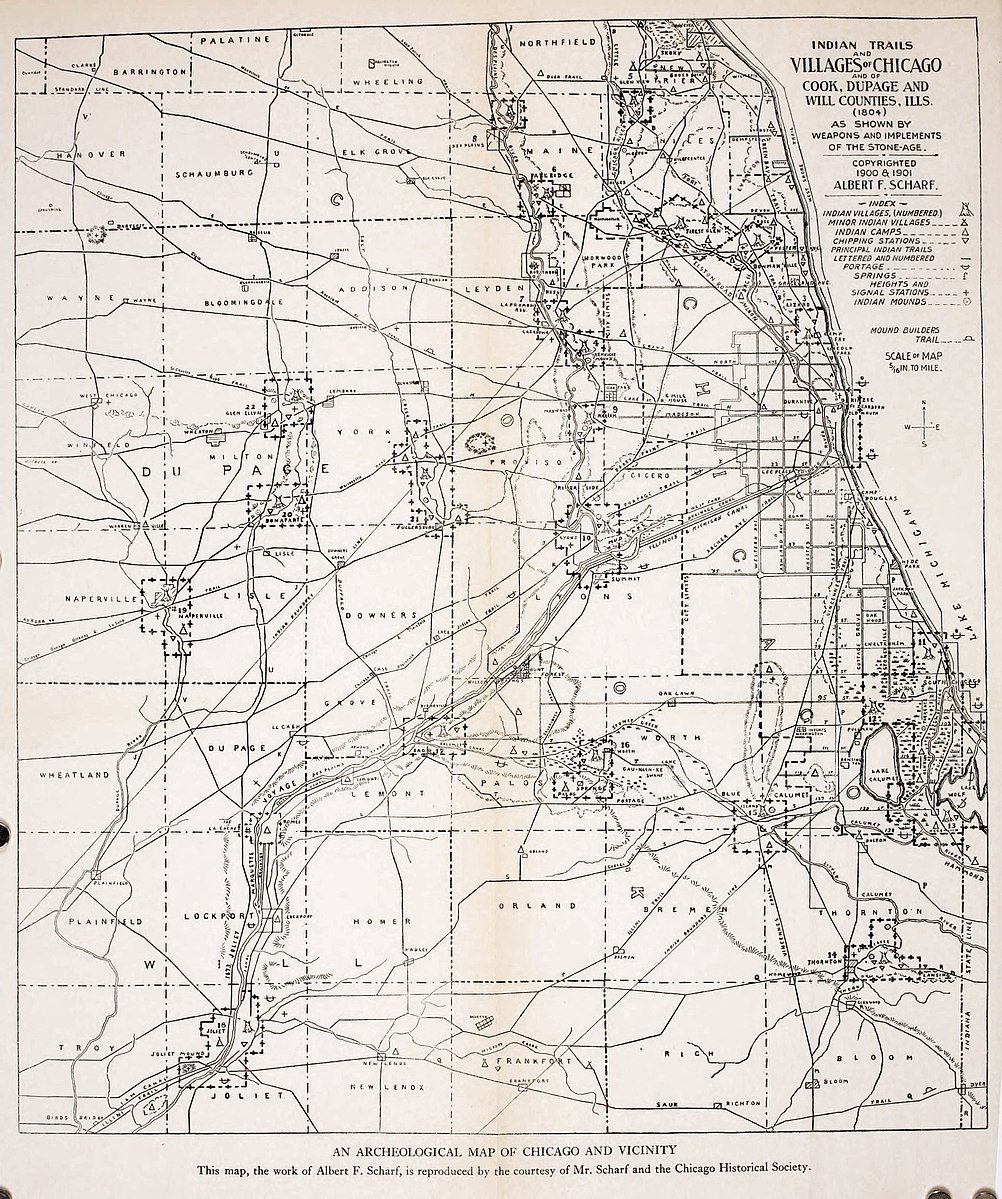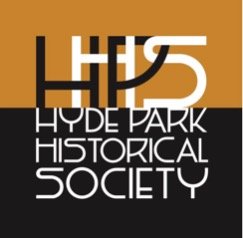
Pre-Colonization Burials in Chicago
Prior to the colonization of the Chicagoland area, burials had taken place for hundreds of years. Native mounds were documented by Cartographer, Albert F. Scharf “Indian Trails and Villages of Chicago and of Cook, DuPage and Will Counties, Ills. (1804)” in the region.

The City Cemeteries
It was common in the early years of the United States, that cemeteries were adjacent to churches within cities. In Chicago, there’s evidence of a cemetery not near a churchyard, but very close to Fort Dearborn. The map pictured to the left shows the location of the Fort Cemetery.
For the first decades of it’s growth, Chicago played host to “The City Cemetery,” located in what is today, Lincoln Park. This served as the resting place for most caucasians who died within the city limits. Extensive research on the City Cemetery has been conducted and more information can be found here.
The City Cemetery would end up transferring bodies to other cemeteries including Oak Woods as the need for space continued to grow. The article on the left is dated from 1867 and describes the efforts to remove the bodies.
Another article from April 1867 can be see here in the Chicago Tribune.

A Growing City
In the early 1800s, those that made up the city were seen as “pioneers” and often came from from the Northeast. A fair share of Irish, German, and other Eastern European immigrants came to Chicago. In the 1850s, Chicago’s population was relatively small compared to other cities such as New York.
However, Chicago’s population had reached 100,000 by the 1860s and the City Cemetery could no longer contain the growing amount of burial spaces needed. The City Cemetery began transferring bodies from it’s Lincoln Park location to other cemeteries including Oak Woods. These were among some of the first burials in the cemetery.






